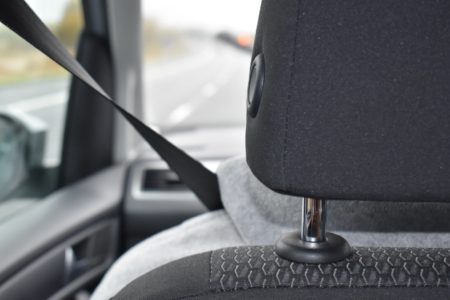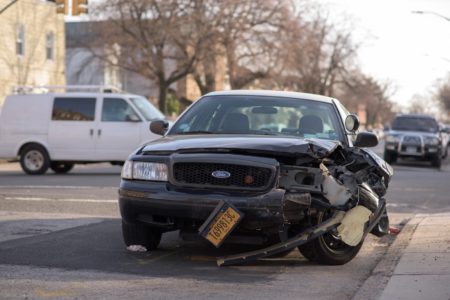
One of the fundamental aspects to biking safely is wearing a helmet. A fall can cause serious head or brain injury so it’s important to fasten the straps properly. In fact, in Ontario it is the law that anyone under the age of 18 must wear a helmet. The fine can cost you $75.
Just like motorists, cyclists can find themselves stranded on roads. Did you know that most CAA clubs offer year round Emergency Roadside Assistance to bicyclists as part of the CAA membership? Find more information on Bike Assist in your region by referring to your local CAA Club’s member benefits (https://www.caa.ca/bike/choosing-a-bicycle/bicycle-maintenance-and-care/).
If you or a loved one are planning on biking this summer, there are four steps to take before letting them ride off.
- Make sure their seats, handle bars and wheels fit tightly
- Check and oil your chain regularly
- Check your brakes to be sure they work
- Make sure to check your tires
According to CAA, nearly 7500 cyclist are seriously injured every year. Most bicycle injuries occur during afternoon rush hour, while ⅓ cyclist occur at night or where there is artificial lighting. In order to ensure that you are seen and safe consider wearing bright colours or reflectors.
It is also important that riders know is the rules of the road. Cyclist are more likely to be killed or injured at an intersection or at a location where there are traffic signals or other traffic control signs. Rules that everyone should know is that all bikers must stop at stop signs and obey traffic lights just as cars do. Also, it is important that riders ride on the right hand side, so that they travel in the same direction as cars do. NEVER ride against traffic. Lastly, be sure that no matter where or when you ride, keep an eye out for cars and trucks.




